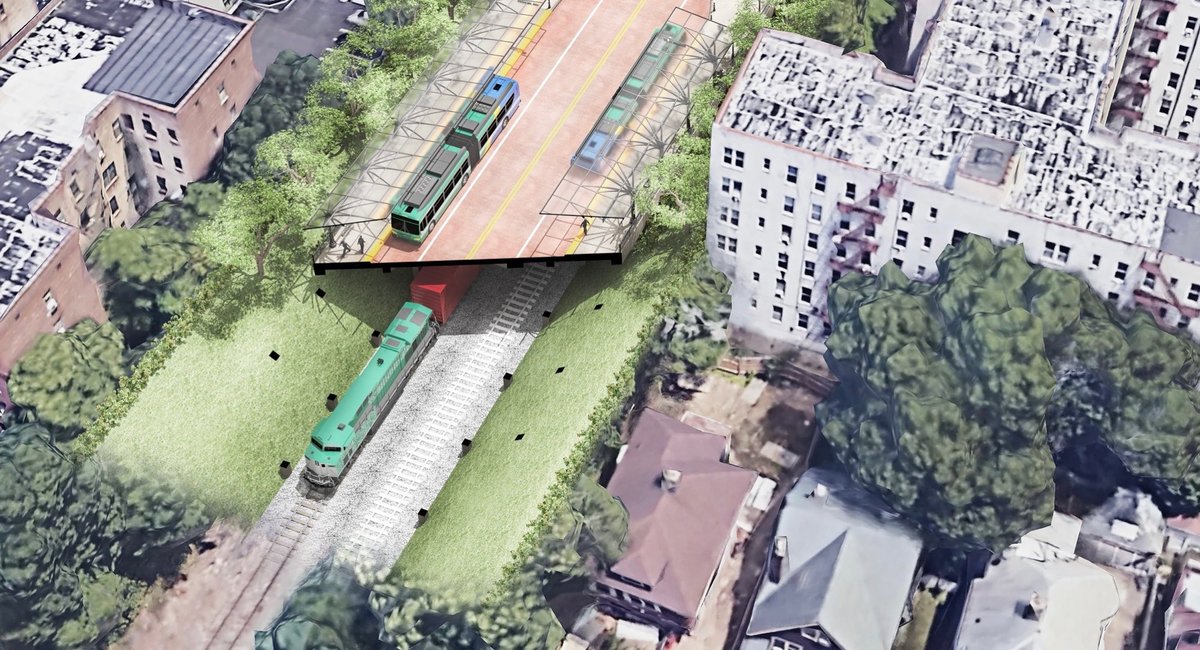This column originally appeared in On The Way, a weekly newsletter covering everything you need to know about NYC-area transportation.
Sign up to get the full version, which includes answers to reader questions, trivia, service changes and more, in your inbox every Thursday.
The best way to get a straight answer from a New York City public official is to ask them questions after they leave office.
And that was certainly the case as On The Way recently sat down with the two former NYC Transit presidents as part of a collaboration with Vital City, which just published an issue dedicated to the subways. Our conversation came as the MTA prepared to release its next five-year capital plan, with a $65 billion price tag. The agency is asking Albany lawmakers to fund at least half of the cost through new taxes. It also needs another $15 billion to fill the hole left by Gov. Kathy Hochul’s congestion pricing pause.
Richard Davey, who left his job as transit president four months ago, had an interesting take on the plan. He said it should focus on keeping the mass transit systems up and running – known in MTA jargon as “state-of-good-repair” work. Hochul’s plan for an Interborough Express (IBX) light rail line and the long-planned extension of the Second Avenue subway into East Harlem should take a backseat to more pressing maintenance work, Davey said.
“The IBX and Second Avenue subway is not state of good repair,” he said. “I think responsibly, you have to say, we need to keep the current system functioning, so what are the things we can live without that don’t compromise that. And that’s hard. That’s really hard.”
Sarah Feinberg, who served as transit president during the height of the COVID pandemic from 2020 to 2021, also said the MTA should be wiser about its spending.
“The MTA has to be a much better fiduciary actor in terms of taxpayer dollars, and the state government has to be more aggressive about holding the MTA’s feet to the fire,” Feinberg said.
“It’s been going on for way too long, which is: Feed the MTA, feed the MTA, feed the MTA, feed the beast, feed the beast, feed the beast. And the beast isn’t always the best arbiter of the tax dollars – doesn’t always use the tax dollars in the most efficient way,” she added. “And so it just becomes harder over time to make the case that you should get all those tax dollars when it doesn’t always go perfectly.”
Current MTA Chair Janno Lieber, who previously ran the MTA’s construction department, argues the agency has become more reliable during his tenure. He cites an increase in construction projects delivered on time and on budget.
But Davey warned that all that good work could be undone by a transit system that’s chronically underfunded.
“If you don’t want the ‘summer of hell‘ to return, and I know that it’s like a bit of fear mongering, but it frankly isn’t. It wouldn’t happen tomorrow, but it would happen over 10 years if the investment isn’t occurring in the state of good repair,” Davey said.
Have a question about subway cars (or literally anything else NYC-transit related)? Use this form to submit yours and we may answer it in a future newsletter! But note that Curious Commuter questions are exclusive for On The Way newsletter subscribers. Sign up for free here.
Question from Puneet in Manhattan
I’ve read a lot about how building subway lines is more expensive in New York City than anywhere else in the world. Is there any hope in bringing those costs down to make building more feasible? Or is that just not possible given the dynamics we have here?
Answer
You’re not wrong that New York City’s subway construction costs are higher than anywhere else in the world, NYU’s Transit Costs Project has found as much. One example: Construction costs for the first phase of the Second Avenue subway were at least eight times greater than those for comparable projects in countries like Italy and Germany. The researchers blamed higher-than-average consultant fees, a push for overly spacious stations and onerous bureaucratic hurdles for contributing to the the problem in New York. MTA officials have for years pushed back against criticism of its high building costs, saying New York’s strong labor unions and the lack of government-subsidized healthcare in the U.S. inflate prices. While MTA construction officials say they’re focused on delivering the best bang for the taxpayers’ buck, the next phase of the Second Avenue subway that aims to extend the line into East Harlem tells a different story. The agency estimates the 1.5-mile extension will cost $7.7 billion, or about $5.1 billion per mile of tunnel, including three new stations.
